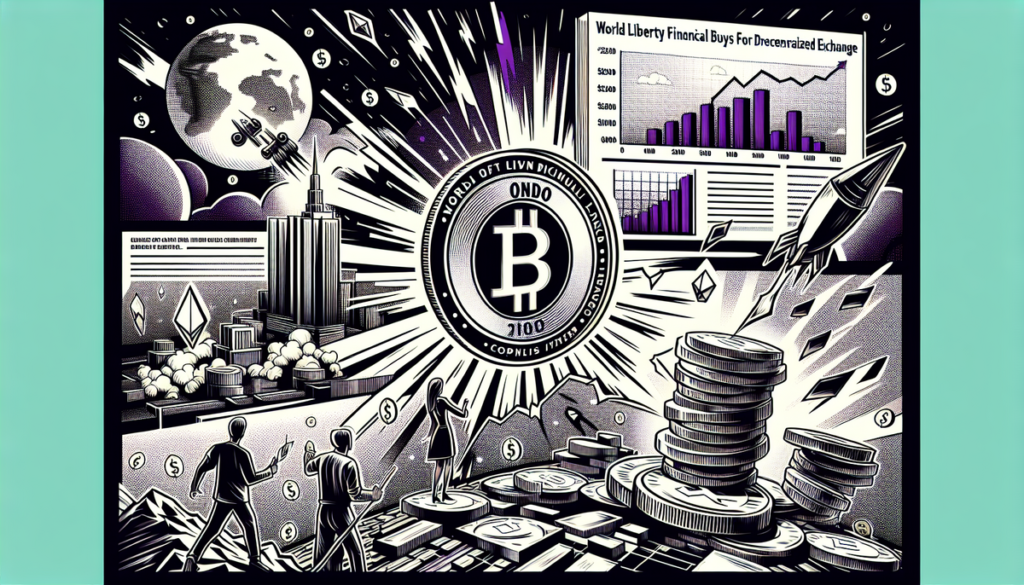Ethereum Leads Global Developer Activity in Every Continent

As blockchain technology continues to revolutionize industries worldwide, Ethereum remains the dominant force driving innovation. Known as the backbone of decentralized finance (DeFi) and non-fungible tokens (NFTs), Ethereum’s influence is exemplified by its vibrant global developer community. This article explores how Ethereum leads developer activity across continents while analyzing the evolution of blockchain ecosystems worldwide.
Why Developer Activity is Crucial in Blockchain Ecosystems
The blockchain industry thrives on innovation, with developers playing a pivotal role in advancing the technology’s capabilities. Developer activity directly correlates with the evolution of robust ecosystems, fostering decentralized applications (dApps), smart contracts, and innovative financial tools. A blockchain with an active and engaged developer community is more likely to succeed in delivering sustainable and scalable solutions.
Ethereum’s position as a global leader in developer activity reflects its consistent focus on fostering community participation, open-source contributions, and an ecosystem ideal for innovation.
Ethereum: A Dominant Force in Global Developer Communities
Ethereum’s wide range of use cases and established infrastructure has naturally attracted a global community of developers. With the Ethereum Virtual Machine (EVM) providing a standardized environment for deploying smart contracts, developers find it easier to build decentralized applications on Ethereum compared to other blockchains.
North America: The Hub of DeFi and NFTs
In North America, Ethereum has cemented its position as the go-to blockchain for creating DeFi platforms and NFT projects. The region’s innovative ecosystem is fueled by an abundance of academic institutions, venture capital funding, and a tech-savvy population. Developers in North America are leveraging Ethereum to build groundbreaking solutions in gaming, finance, and digital art.
Europe: Advancing Standards and Compatibility
Within Europe, Ethereum stands out for its emphasis on interoperability and compliance with regional standards. European developers rely heavily on the Ethereum network to power initiatives such as supply chain transparency, green energy trading, and cross-border digital payments. Ethereum’s robust developer activity in Europe ensures the ecosystem aligns with regulatory frameworks while prioritizing decentralization.
Asia: Scaling Blockchain Solutions for Mass Adoption
Asia has seen exponential growth in blockchain adoption, with Ethereum leading the charge. Home to blockchain hotspots like China, Singapore, and India, the continent’s developers have embraced Ethereum to build scalable solutions catering to large markets. From decentralized education platforms to supply chain solutions, Ethereum continues to power innovations across Asia.
Latin America: A Rising Market for Blockchain Adoption
Latin America, which has witnessed increasing interest in blockchain technology as a solution for financial inclusion, also aligns with Ethereum as a preferred ecosystem. Developers are using Ethereum to create alternative financial instruments and stablecoin-based payment gateways for the region’s unbanked population.
Africa: Empowering Financial Inclusion
In Africa, Ethereum is a beacon of financial empowerment. Developers here are primarily focused on using Ethereum’s network for issuing decentralized identities, micro-lending platforms, and remittance solutions. The growing developer activity in this region demonstrates Ethereum’s flexibility to cater to various socio-economic challenges.
Competition in Developer Ecosystems: Ethereum vs. Emerging Blockchains
While Ethereum leads in global developer activity, the blockchain ecosystem is not without competition. Platforms like Solana, Polkadot, and Binance Smart Chain are gaining traction, offering unique advantages in scalability, interoperability, and transaction speed. These Ethereum challengers are attracting their own share of new developers.
The Rise of Solana
Solana, for instance, has emerged as a potent competitor, particularly in onboarding new developers. With its high-speed transaction capabilities and low fees, Solana has attracted projects focusing on high-performance decentralized applications. However, while Solana offers speed and efficiency, Ethereum’s strong developer community and established ecosystem keep it at the forefront.
Can New Blockchain Projects Dethrone Ethereum?
New blockchain projects face hurdles like network effects and limited adoption compared to Ethereum’s extensive infrastructure. While alternatives may excel in niche areas, Ethereum’s dominance lies in its versatility and global appeal. The long-term success of emerging blockchains will depend on their ability to scale without compromising security or decentralization, areas where Ethereum continually excels, especially with its shift to Ethereum 2.0.
How Ethereum 2.0 Solidifies Its Lead in Developer Activity
Ethereum is not resting on its laurels. The transition to Ethereum 2.0, with its proof-of-stake consensus mechanism, significantly enhances the network’s scalability, security, and sustainability. By addressing challenges like high gas fees and environmental concerns, Ethereum 2.0 offers incentives for developers to remain invested in the ecosystem.
The upgrade also paves the way for faster transaction speeds and increased throughput, enabling broader applications and boosting developer activity globally. This evolution ensures Ethereum’s status as the blockchain of choice across diverse industries such as finance, healthcare, and gaming.
The Decisive Role of Ethereum’s Open-Source Community
Ethereum’s dominance stems from its open-source philosophy, which fosters global collaboration. The Ethereum Foundation and initiatives like Gitcoin encourage developers to contribute to the ecosystem, promoting a decentralized development model. This vibrant community-driven approach keeps Ethereum at the cutting edge of blockchain technology.
Additionally, global Ethereum events, such as Ethereum hackathons and Devcon conferences, provide a platform for collaboration, skill-building, and sharing groundbreaking ideas. These efforts strengthen the bonds between developers and ensure Ethereum remains a global leader in blockchain innovation.
Conclusion: Ethereum’s Worldwide Developer Supremacy
With its unparalleled global developer activity, Ethereum continues to lead the blockchain industry in innovation and adoption. Developers across every continent are leveraging the network’s infrastructure to create transformative solutions addressing real-world problems. From financial inclusion in Africa to DeFi innovations in North America, Ethereum’s reach and impact remain unmatched.
As Ethereum transitions to Ethereum 2.0, the ecosystem will likely witness even greater levels of engagement and activity. While competition from emerging blockchains persists, Ethereum’s holistic approach to scalability, security, and community-driven innovation ensures it maintains its position as the global leader in blockchain development.







Responses